Audiophile smartphone: selection criteria and a few typical representatives of the class
Music smartphones for music lovers invented from time immemorial. Then the memory of mobile communication devices did not exceed hundreds of megabytes, and the hardware capabilities were much more modest than now. This led to the need to increase computing power and memory to fully perform the function of the player. Today, polymorphic button mammoths have replaced the monotony of sensory rectangles, and the music smartphone has become a slightly different gadget. Users had the desire not only of a tolerable portable sound, which is in any modern phone, but of maximum fidelity of reproduction, possible in a pocket form factor and without the use of additional devices.

Unfortunately, the demand for HI-FI-smartphones has led to marketing manipulations. “Thanks to” this today almost every little bit decent smartphone can be seen in the reviews from the series “The best audio smartphones of the season”, etc. Despite the widespread belief that the sound quality in smartphones has no differences and all smartphones sound the same, there is a difference. Oddly enough, the quality is different and largely depends on the hardware capabilities of the devices. Under the cut on the criteria for the quality of music smartphones and some models that, in my opinion, deserve attention.
')
The term “audiophile” is not used in the article as a curse, but for simplification and, perhaps, with a slight sarcasm.
So, to begin with, if you are satisfied with the fidelity of playback and the state of memory in your smartphone, and also you do not intend to change the headphones in the near future - your smartphone does not require replacement. There is no point in buying a new smartphone, if you are satisfied with the sound quality (and other functionality) in the old one - no. Undoubtedly, there are people who are in search of impeccable sound, but the vast majority is satisfied with the standard parameters.
In my opinion, users who have a real need for a so-called. Music smartphones are owners of high-impedance headphones that want to use them with a smartphone. To high-impedance include in-channel and in-ear headphones with an impedance of 64 ohms or more, as well as full-size and overhead with an impedance of 100 or more ohms.
I will say right away that, according to my personal observations, there is a very clear relationship between the subjective perception of fidelity of reproduction (sound quality) and the impedance of headphones. The greater the impedance, the higher the sound quality (although if the difference is noticeable between 32 ohms and 100 ohms very well, then from 350 it can hardly be detected by ear).
It is logical that headphone with large resistances will need a gain that standard phone equipment cannot provide. To do this, the smartphone must be equipped with a tolerable gain chip and a sufficient battery capacity for a long battery life. Of course, you can use an external DAC with an amplifier, but in this case, the smartphone can be anything. Moreover, such a solution is almost equivalent to using a separate player and practically has no advantages in terms of compactness and functionality.
An equally important music smartphone is presented to people who are able to hear the difference between lossless and high-end formats and mp3 (as well as other lossy compression options). By the way, only a few are able to hear such a difference, according to the results of numerous double-blind tests, contrary to the opinion formed by many. As a rule, differences could be identified only on familiar tracks, and only on almost flawless equipment. But it can be said that a true music smartphone should have a DAC that can decode highres formats and play a lossless music signal.
Similar requirements are imposed on smartphones by users who do not hear the difference, but want to be one hundred percent convinced that there is none. In their case, the hardware capabilities are a reinforcement of their conviction that they have acquired a truly worthwhile thing and are listening to “truly” high-quality sound.
Thus, the prerequisites for a “music smartphone” are:
In addition to the criteria described, there are devices designed to work with a certain technology that allows you to “improve” the sound. As a rule, such devices work with a certain type of headphones.
HTC U Ultra
I'll start with the most atypical device among all audio smartphones, namely with HTC U Ultra. Characteristic differences of the device were the lack of high-impedance input (which, it seemed, was supposed to be), the presence of a special USonic technology, as well as the use of USB-C instead of the traditional 3.5 mm jack and special headphones. USonic assumes continuous sound analysis in real time and its hardware correction depending on the collected indicators.
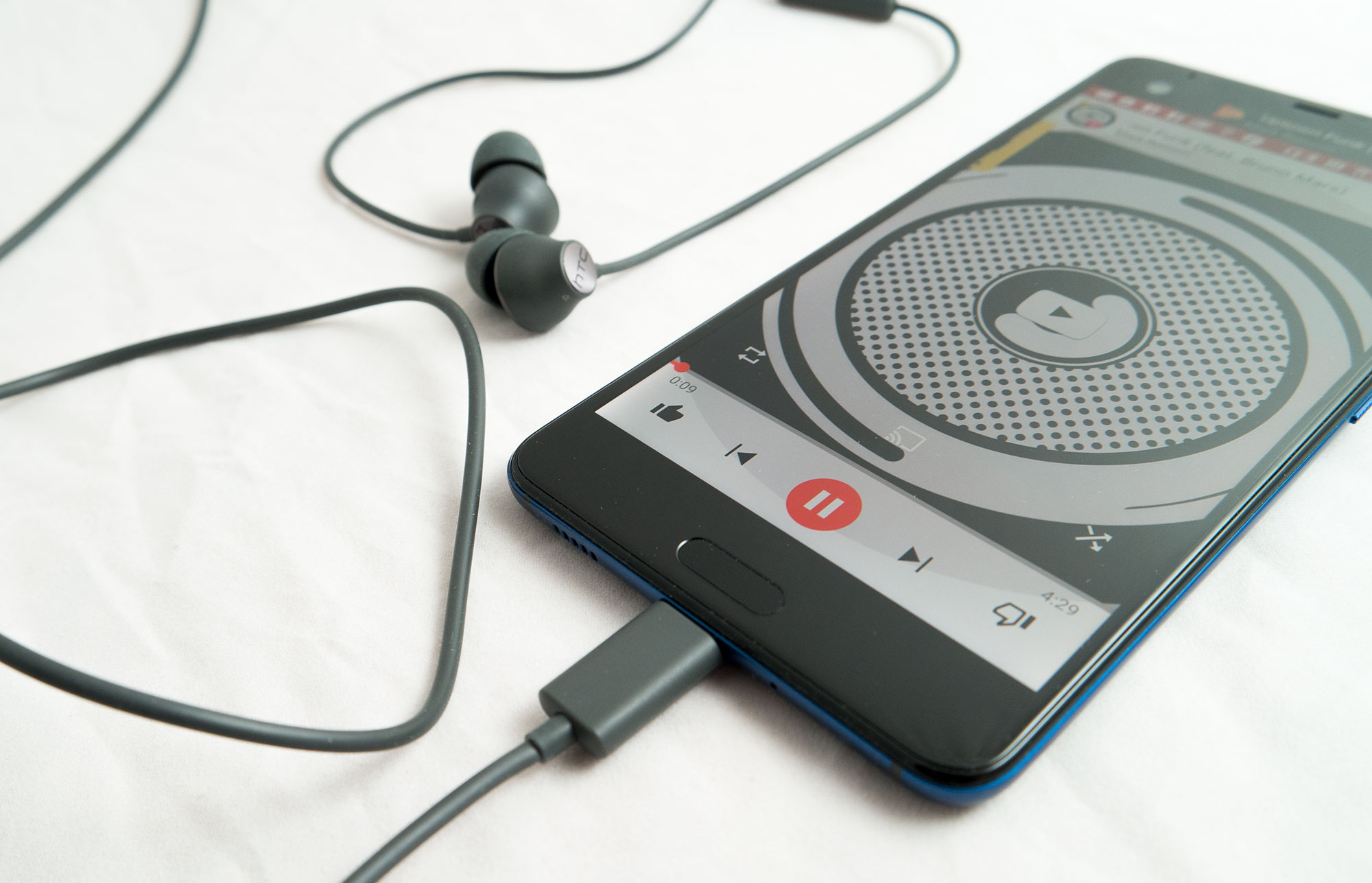
The system receives data for analysis using special microphones installed in the smartphone’s “native” headphones. The use of USonic is the reason for replacing the classic 3.5 mm jack with a USB-C. The USonic technology is at the same time a virtue and a curse of the smartphone. So when you connect non-native headphones, the DAC is automatically blocked. It is treated with the help of apps from enthusiast developers or a special adapter.
Part of the disadvantages are compensated by the advantages of automatically corrected sound, adaptability, etc. However, the lack of a regular opportunity to use other headphones, as well as the existence of only a regular intra-channel model, can not but grieve.
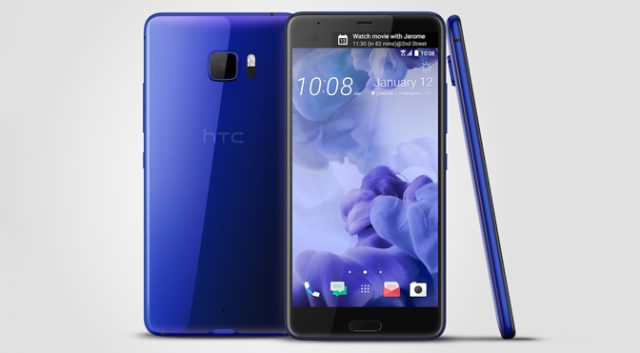
Advantages of the device are also considered to be cameras installed in it, an additional screen that simplifies the use of music applications, as well as support for hi-res formats, which, however, the vast majority of flagships have and exactly all music smartphones have.
ASUS ZenFone 5 ZE620KL
This device is also often positioned as an audio smartphone. Marketers of the company praise the external dynamics for the high uniformity of the frequency response, which at first glance is not bad. However, given the volume of the case and the inevitable resonance problems, it is extremely difficult to believe that the sound of a smartphone will change significantly from the use of some special speakers.

This is easily verified in a blind test, where you can hardly distinguish the sound quality of ZenFone from its peers at equal volume. At the same time, the built-in drivers still have a feature that deserves attention - they are bigger and more powerful, thanks to which they are able to create an impressive sound pressure (and this is really an advantage).
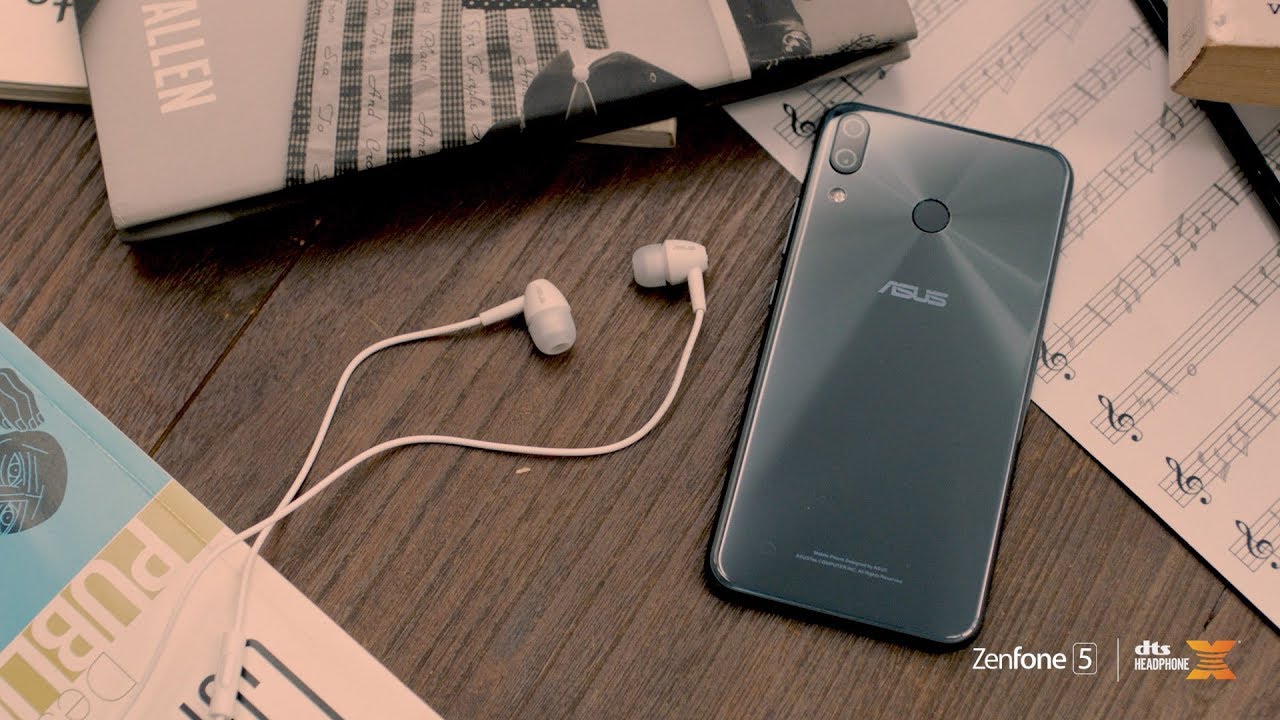
But the most essential advantages of this smartphone for music lovers are the NXP amplifier chip, which can “rock” high-impedance headphones. We decided not to introduce a discrete DAC for audio, but aptX HD codec and DTS Headphone: X post-processing technology, which creates the illusion of surround sound, was implemented.
LG G6 32GB
This smartphone with enhanced sound hardware, part of it is the heir to another V20 audio flagship. Together with the main elements of the path, such as a discrete DAC and an amplifier built on a Saber chip, the model inherited the main problems.
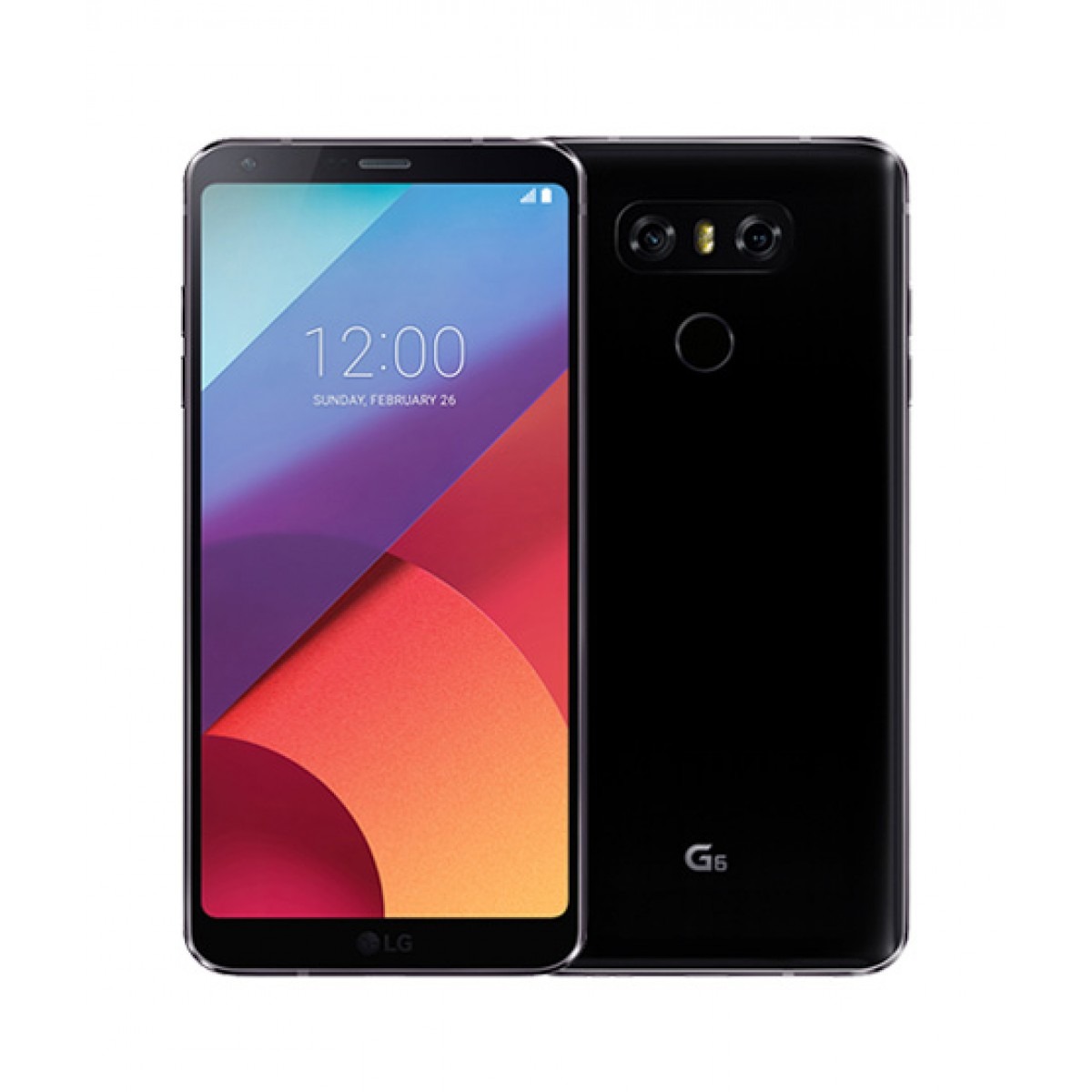
So, when using low-impedance headphones, discrete DACs and amplifiers do not work; instead, they use standard integrated functions. This is largely justified by considerations of energy saving, as well as the fact that with the majority of low-impedance headphones it will be almost impossible to hear the difference. For devices critical resistance below 64 ohms. With an impedance of 64 ohms and above, the DAC and the amplifier start working.
By the way, this Saber chip is only in the Asian version of the device, it didn’t get into the global version and devices for the US market, contrary to the custom of shoving them into the versions a little better than the devices for Asian markets. In other words, the principle “All the best to children - to the Americans” in this case did not work. Potential users from Russia should not worry about this, because the Asian version is on sale in the domestic market.
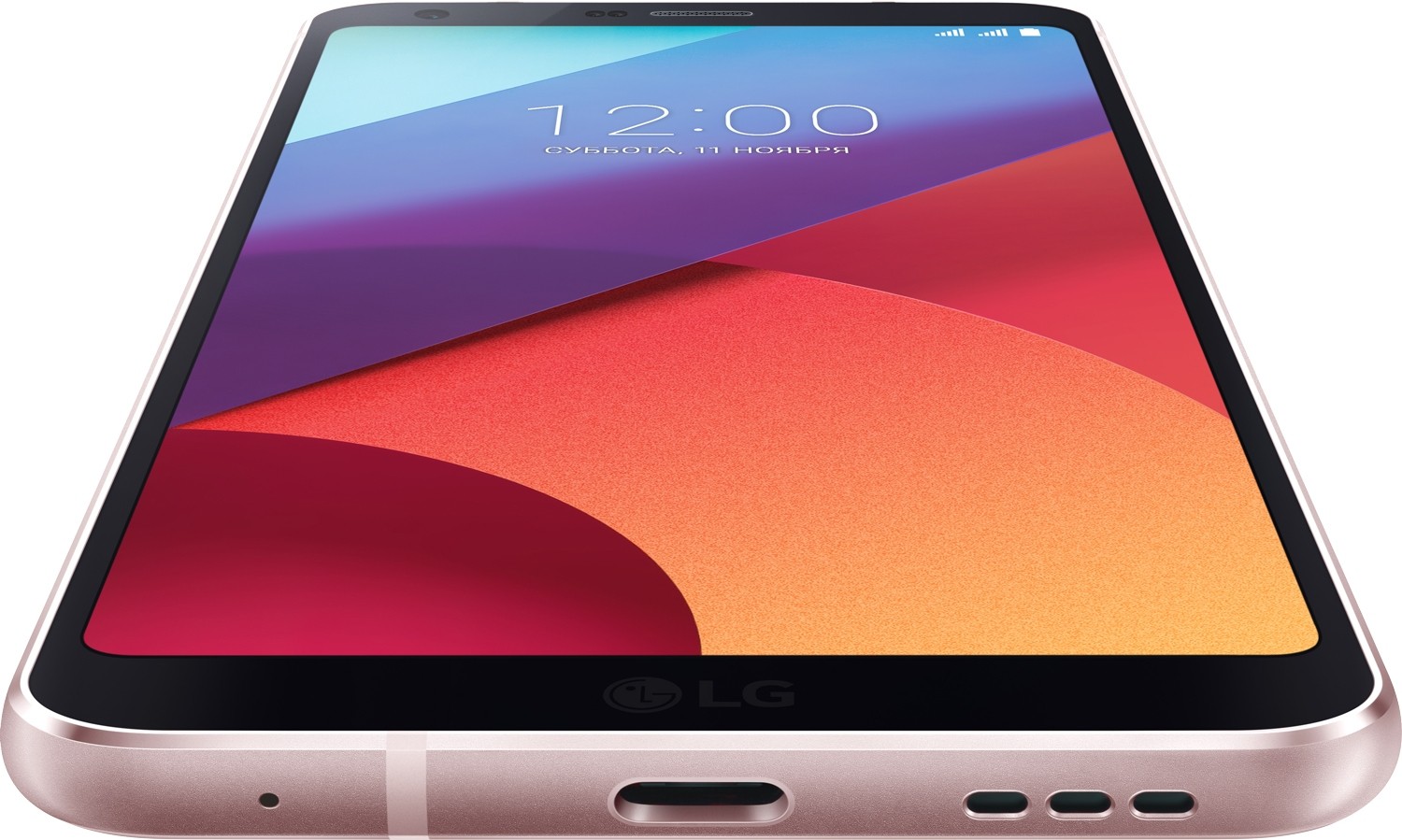
To summarize, for an audiophile, this smartphone is valuable DAC and amplifier, but the advantages can be appreciated only when using high-impedance headphones. Also, the device can fit DJs as a mean scall recorder, because it can record sound in lossless and simultaneously from four microphones.
You have to pay for all this with relatively low autonomy, since discrete audio chips have a fairly harsh power consumption and, when used, reduce the battery life by one and a half times.
In my opinion, the most useful function of all presented is the gain, since it will allow you to use high-impedance headphones. Those who listened for a long time through devices with a resistance of 100 Ohms will surely understand me.
A relative advantage will be the use of aptX codecs, since modern versions of standard CSB, in many ways, are not inferior to technology from Qualcomm. But there is no support for Hayrez, so those who “hear the difference” and want to use wireless headphones will need atpX HD.
The presence of a discrete DAC for such devices, as well as the use of format hayrez, I personally consider it an excess of excess. In spite of this, I will not argue with the people operating on the “ya hearsay” argument. If for them it is claimed - let it be. In such cases, we are talking about measurable improvements in fidelity, and therefore not about placebo.
I consider the use of surround sound technology and automatic correction as an unnecessary adornment and an attempt to squeeze out of the musical material what is not there. These approaches do not always allow you to hear what is recorded and, at times, distort the original signal too much. As an interesting experimental option for “pampering” they will fit perfectly. The main thing is that such technologies do not become the main pricing factor, but remain only an additional function.
Most importantly, the vast majority (about 80%) of users do not need an audiophile smartphone. At least due to the fact that headphones for 500 rubles simply will not allow to notice the difference.
I am sure that choosing a smartphone should take into account the maximum amount of technical data, otherwise it will be possible that the device will not work as needed by the user. This will naturally lead to dissatisfaction. We reviewed the most typical approaches to creating a smartphone for a music lover on 3 examples. I believe that everyone will be able to choose what he likes exactly. I would be grateful for the comments and your ideas about what a smartphone should be for a music lover and whether such devices are needed at all, perhaps enough players and portable DACs with headphone amplifiers.
Photo content used:
www.xda-developers.com
gadgetos.ru/catalog/smartfon-lg-g6-32gb-h870s-black.html
www.trustedreviews.com
erc.ua
keddr.com
berita.baca.co.id
www.f3nws.com
Jeans:
We do not have smartphones in the catalog , but there are headphones , DACs , amplifiers for nauchikov and other audio gadgets.

Unfortunately, the demand for HI-FI-smartphones has led to marketing manipulations. “Thanks to” this today almost every little bit decent smartphone can be seen in the reviews from the series “The best audio smartphones of the season”, etc. Despite the widespread belief that the sound quality in smartphones has no differences and all smartphones sound the same, there is a difference. Oddly enough, the quality is different and largely depends on the hardware capabilities of the devices. Under the cut on the criteria for the quality of music smartphones and some models that, in my opinion, deserve attention.
')
The term “audiophile” is not used in the article as a curse, but for simplification and, perhaps, with a slight sarcasm.
About who needs a music smartphone and how it should be
So, to begin with, if you are satisfied with the fidelity of playback and the state of memory in your smartphone, and also you do not intend to change the headphones in the near future - your smartphone does not require replacement. There is no point in buying a new smartphone, if you are satisfied with the sound quality (and other functionality) in the old one - no. Undoubtedly, there are people who are in search of impeccable sound, but the vast majority is satisfied with the standard parameters.
In my opinion, users who have a real need for a so-called. Music smartphones are owners of high-impedance headphones that want to use them with a smartphone. To high-impedance include in-channel and in-ear headphones with an impedance of 64 ohms or more, as well as full-size and overhead with an impedance of 100 or more ohms.
I will say right away that, according to my personal observations, there is a very clear relationship between the subjective perception of fidelity of reproduction (sound quality) and the impedance of headphones. The greater the impedance, the higher the sound quality (although if the difference is noticeable between 32 ohms and 100 ohms very well, then from 350 it can hardly be detected by ear).
It is logical that headphone with large resistances will need a gain that standard phone equipment cannot provide. To do this, the smartphone must be equipped with a tolerable gain chip and a sufficient battery capacity for a long battery life. Of course, you can use an external DAC with an amplifier, but in this case, the smartphone can be anything. Moreover, such a solution is almost equivalent to using a separate player and practically has no advantages in terms of compactness and functionality.
An equally important music smartphone is presented to people who are able to hear the difference between lossless and high-end formats and mp3 (as well as other lossy compression options). By the way, only a few are able to hear such a difference, according to the results of numerous double-blind tests, contrary to the opinion formed by many. As a rule, differences could be identified only on familiar tracks, and only on almost flawless equipment. But it can be said that a true music smartphone should have a DAC that can decode highres formats and play a lossless music signal.
Similar requirements are imposed on smartphones by users who do not hear the difference, but want to be one hundred percent convinced that there is none. In their case, the hardware capabilities are a reinforcement of their conviction that they have acquired a truly worthwhile thing and are listening to “truly” high-quality sound.
Thus, the prerequisites for a “music smartphone” are:
- the presence of a built-in amplifier for high-impedance headphones;
- high-performance DAC for high-end and lossless formats;
- high capacity battery equipment;
- For lovers of wireless sound, it is considered useful to get support for aptX HD codecs and other technologies that support high-speed wireless data transmission;
- equipment of the device with a large memory capacity.
In addition to the criteria described, there are devices designed to work with a certain technology that allows you to “improve” the sound. As a rule, such devices work with a certain type of headphones.
Overview of audiophile smartphones
HTC U Ultra
I'll start with the most atypical device among all audio smartphones, namely with HTC U Ultra. Characteristic differences of the device were the lack of high-impedance input (which, it seemed, was supposed to be), the presence of a special USonic technology, as well as the use of USB-C instead of the traditional 3.5 mm jack and special headphones. USonic assumes continuous sound analysis in real time and its hardware correction depending on the collected indicators.

The system receives data for analysis using special microphones installed in the smartphone’s “native” headphones. The use of USonic is the reason for replacing the classic 3.5 mm jack with a USB-C. The USonic technology is at the same time a virtue and a curse of the smartphone. So when you connect non-native headphones, the DAC is automatically blocked. It is treated with the help of apps from enthusiast developers or a special adapter.
Part of the disadvantages are compensated by the advantages of automatically corrected sound, adaptability, etc. However, the lack of a regular opportunity to use other headphones, as well as the existence of only a regular intra-channel model, can not but grieve.

Advantages of the device are also considered to be cameras installed in it, an additional screen that simplifies the use of music applications, as well as support for hi-res formats, which, however, the vast majority of flagships have and exactly all music smartphones have.
ASUS ZenFone 5 ZE620KL
This device is also often positioned as an audio smartphone. Marketers of the company praise the external dynamics for the high uniformity of the frequency response, which at first glance is not bad. However, given the volume of the case and the inevitable resonance problems, it is extremely difficult to believe that the sound of a smartphone will change significantly from the use of some special speakers.

This is easily verified in a blind test, where you can hardly distinguish the sound quality of ZenFone from its peers at equal volume. At the same time, the built-in drivers still have a feature that deserves attention - they are bigger and more powerful, thanks to which they are able to create an impressive sound pressure (and this is really an advantage).

But the most essential advantages of this smartphone for music lovers are the NXP amplifier chip, which can “rock” high-impedance headphones. We decided not to introduce a discrete DAC for audio, but aptX HD codec and DTS Headphone: X post-processing technology, which creates the illusion of surround sound, was implemented.
LG G6 32GB
This smartphone with enhanced sound hardware, part of it is the heir to another V20 audio flagship. Together with the main elements of the path, such as a discrete DAC and an amplifier built on a Saber chip, the model inherited the main problems.

So, when using low-impedance headphones, discrete DACs and amplifiers do not work; instead, they use standard integrated functions. This is largely justified by considerations of energy saving, as well as the fact that with the majority of low-impedance headphones it will be almost impossible to hear the difference. For devices critical resistance below 64 ohms. With an impedance of 64 ohms and above, the DAC and the amplifier start working.
By the way, this Saber chip is only in the Asian version of the device, it didn’t get into the global version and devices for the US market, contrary to the custom of shoving them into the versions a little better than the devices for Asian markets. In other words, the principle “All the best to children - to the Americans” in this case did not work. Potential users from Russia should not worry about this, because the Asian version is on sale in the domestic market.

To summarize, for an audiophile, this smartphone is valuable DAC and amplifier, but the advantages can be appreciated only when using high-impedance headphones. Also, the device can fit DJs as a mean scall recorder, because it can record sound in lossless and simultaneously from four microphones.
You have to pay for all this with relatively low autonomy, since discrete audio chips have a fairly harsh power consumption and, when used, reduce the battery life by one and a half times.
Subjective view
In my opinion, the most useful function of all presented is the gain, since it will allow you to use high-impedance headphones. Those who listened for a long time through devices with a resistance of 100 Ohms will surely understand me.
A relative advantage will be the use of aptX codecs, since modern versions of standard CSB, in many ways, are not inferior to technology from Qualcomm. But there is no support for Hayrez, so those who “hear the difference” and want to use wireless headphones will need atpX HD.
The presence of a discrete DAC for such devices, as well as the use of format hayrez, I personally consider it an excess of excess. In spite of this, I will not argue with the people operating on the “ya hearsay” argument. If for them it is claimed - let it be. In such cases, we are talking about measurable improvements in fidelity, and therefore not about placebo.
I consider the use of surround sound technology and automatic correction as an unnecessary adornment and an attempt to squeeze out of the musical material what is not there. These approaches do not always allow you to hear what is recorded and, at times, distort the original signal too much. As an interesting experimental option for “pampering” they will fit perfectly. The main thing is that such technologies do not become the main pricing factor, but remain only an additional function.
Most importantly, the vast majority (about 80%) of users do not need an audiophile smartphone. At least due to the fact that headphones for 500 rubles simply will not allow to notice the difference.
Total
I am sure that choosing a smartphone should take into account the maximum amount of technical data, otherwise it will be possible that the device will not work as needed by the user. This will naturally lead to dissatisfaction. We reviewed the most typical approaches to creating a smartphone for a music lover on 3 examples. I believe that everyone will be able to choose what he likes exactly. I would be grateful for the comments and your ideas about what a smartphone should be for a music lover and whether such devices are needed at all, perhaps enough players and portable DACs with headphone amplifiers.
Photo content used:
www.xda-developers.com
gadgetos.ru/catalog/smartfon-lg-g6-32gb-h870s-black.html
www.trustedreviews.com
erc.ua
keddr.com
berita.baca.co.id
www.f3nws.com
Jeans:
We do not have smartphones in the catalog , but there are headphones , DACs , amplifiers for nauchikov and other audio gadgets.
Source: https://habr.com/ru/post/447638/
All Articles